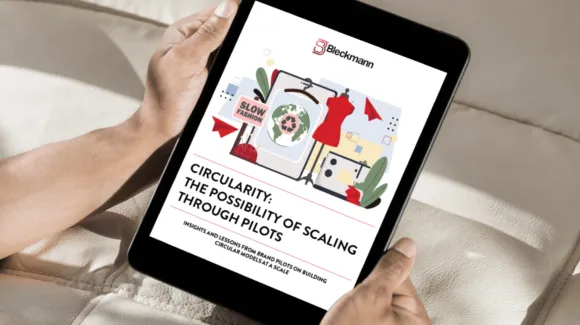Business is required to innovate to stay competitive or relevant. Innovation is about bringing something new to the table, a feature, a service, a product, a way of doing business. New means different, and that requires change to how things are done today.
When companies want to change, there are various tactics that they can take to usher this change into being. And doing tests, commonly known as pilots, is one of those tactics.
A "pilot" traditionally refers to someone guiding a vessel or aircraft safely through uncertain or uncharted territories. In business, a pilot project explores untested waters, helping stakeholders understand how a new idea, product, or process will work before committing to a full-scale launch.
“To reduce the risk of failure across the entire organization by testing the idea in a small, controlled setting so that you can further refine your solution before you roll it out.”
Pilots are used to reduce risk, but they are also a useful process to educate and bring the team along through a mindset shift. These shifts take time, and the pilot can provide the structure for this change.
In our experience, if pilots are designed to derisk, to bring teams along and to scale innovations, why do we still see a vast majority of brands piloting circular projects inside of a linear business, rather than a scaled version of a circular fashion business?
Download the power of pilot projects to scale circular fashion eBook.















